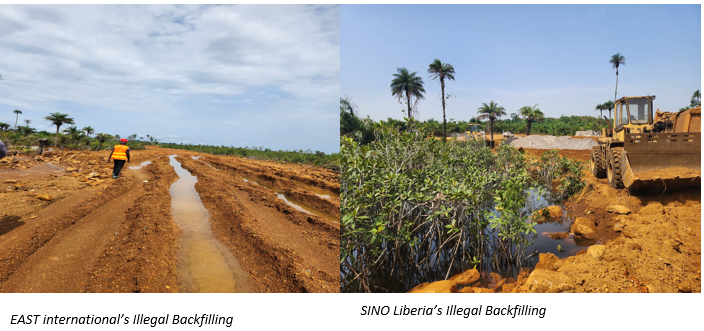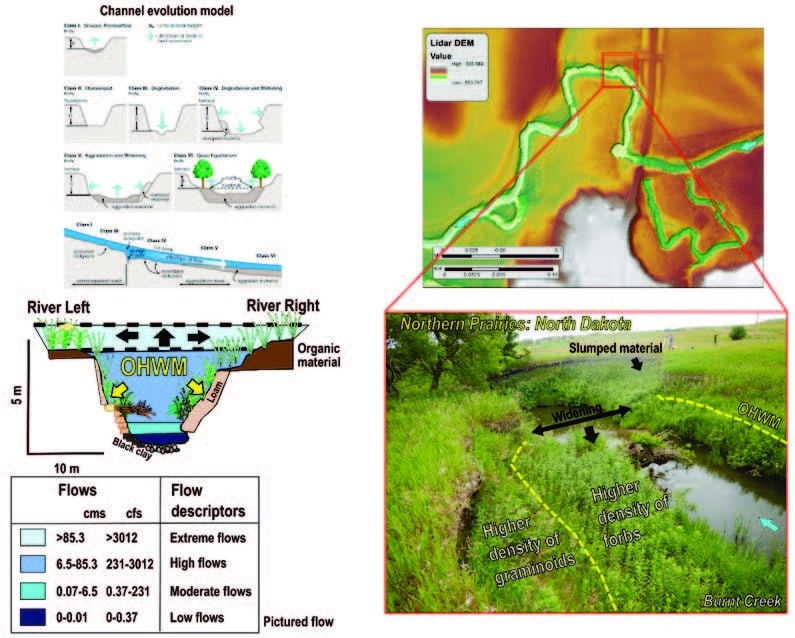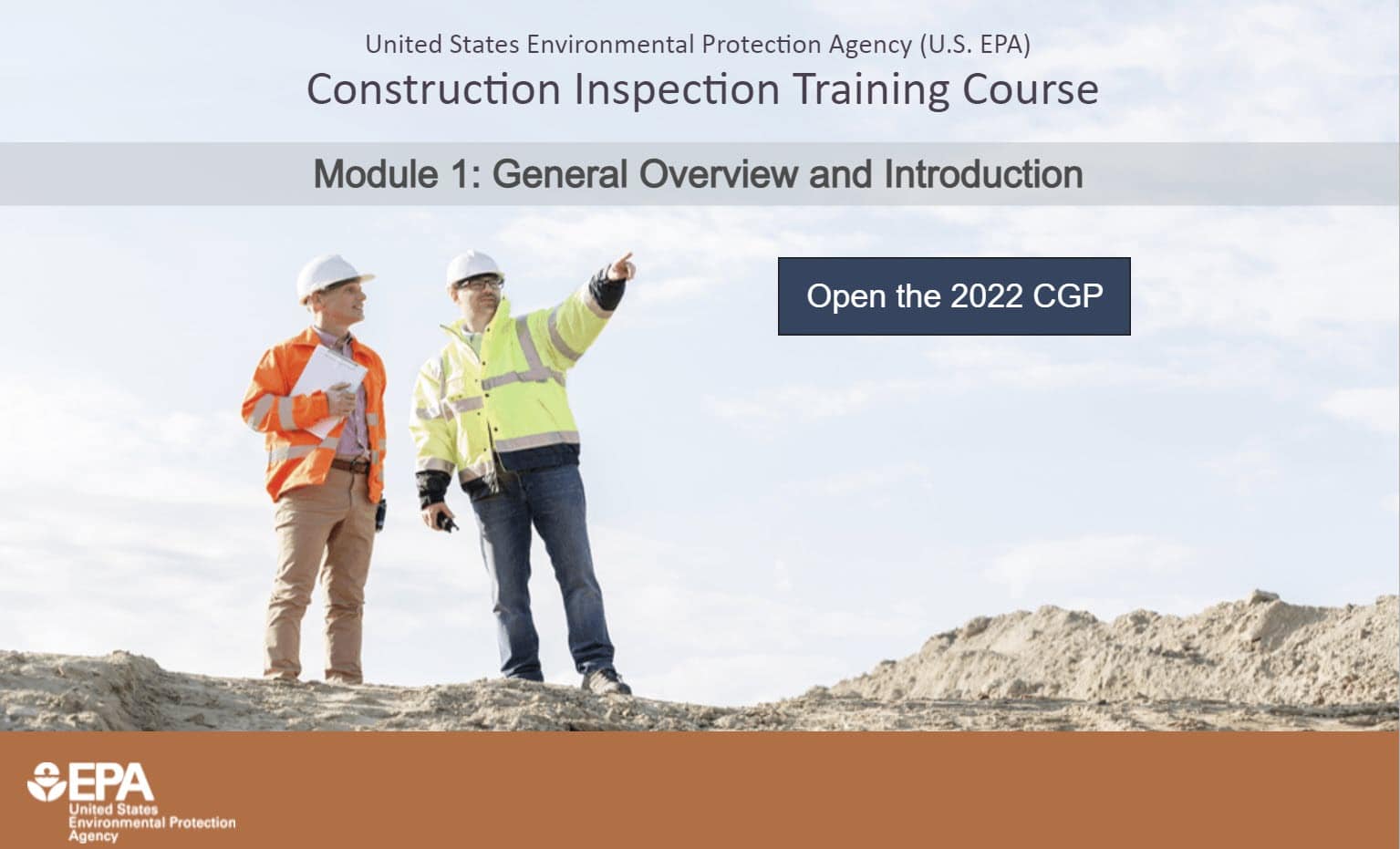If you have ever watched the movie, “Monty Python and the Holy Grail,” you will remember the scene where a man is coming down the street yelling, “Bring out yer dead!,” to which a person on the cart exclaims, “I’m not dead yet.” Well, the same could be said about fracking. From the fracking boom of just a few years ago, we see many wells being capped off and new wells not being drilled. What happened?
To quash the nascent US fracking industry, OPEC+ increased output to lower the price of oil but found they could not maintain those prices forever. Fracking became more efficient and hung on. OPEC+ was finally forced to raise prices back up, with prices stabilizing in the $60/bbl. range. Then, in 2019, the COVID pandemic hit, and its repercussions dominated 2020. Oil demand waned and oil companies began tightening their collective belts. But it may be time to start ramping up production once again.
Hydraulic fracturing in Texas, North Dakota, and most recently, the Marcellus region in Pennsylvania, has turned the US into a net energy exporter. Fracking is one of the main reasons that the US became the world’s largest oil producer, producing over 18,875,000 bpd and fracking may be getting an invigorating boost from several unrelated sources.
The unprecedented attack on Ukraine by Russia and the ensuing conflict has caused many countries, primarily those in Europe, to rethink their commitments to buying Russian oil and gas. As more countries, including the US, pull out of their deals with Russia, countries are scrambling to find alternative energy sources. While this may be a boon for renewable energy in the long run, in the short run, alternative sources of oil and gas are frantically being sought out to make up for shortfalls in Europe to prepare for the rapidly approaching winter months.
The U.S. is considered a swing oil producer and its production is tightly related to market demand. Financers of oil companies are now weighing their options, “Is the oil shortage going to be a temporary one or not?” They have been burned before by previous rapid expansion that did not translate into the profits investors expected. Investors and oil company executives are unsure of what to do. Should the spigots be turned back on, or should we wait and see?
It may not be that simple though. Oil companies may not be able to help offset the loss of Russian supplies sufficiently. During COVID, many workers in the fracking field found other employment and may not be that enthusiastic about jumping back on a ship that may or not float. Loss of funding for infrastructure has left the industry with a severe lack of equipment, which would be needed to get production back to pre-COVID levels. According to Chris Wright, chief executive of Liberty Oilfield services, “We have shortages of labor, sand and equipment, and it will take 18 months to ramp up”. A lot of equipment has been retired; a lot of equipment is past its useful life.” (Eaton, 2022)
Oil companies, however, have not been sitting patiently with their hands folded waiting for a war to boost demand. They found an existing demand and are making huge investments in exploiting it. As the world increasingly turns toward renewable energy and strives to decarbonize, fossil fuel giants like Shell are trying to advance a new plastics boom to keep their ventures afloat. Lured to Pennsylvania by an “unlimited tax credit,” Shell oil has invested over six billion dollars to produce a huge ethane cracker plant in Beaver County, Pennsylvania and, if current profit predictions pan out, there will certainly be other plants that will follow. They will all require copious quantities of shale gas obtained through fracking. Hence, the Shell plant was built near the Marcellus shale fields of Pennsylvania (Marusic, 2022).
Ethane cracking is a process that takes ethane, a gas commonly found with oil and natural gas deposits, and it turns it into the building blocks of plastic. As part of the refining process, ethane is first separated from methane as the raw shale gas is refined. Methane continues along one route and ethane goes into producing plastic. In the cracking process, ethane is converted to ethylene and then into polyethylene. Polyethylene pellets are then transported to plastic producers.
When the ethane cracker plant was proposed, nearby residents were promised a 25-year operating contract, thousands of construction jobs, and over six hundred permanent workers hired upon completion. In addition, local businesses in the region could expect up to 20,000 direct and indirect new jobs.
At the outset, this would seem like a workable solution. There seems to be a never-ending need for plastics in our modern economy. According to a report from NPR, ever since China stopped accepting most of our waste plastic, only about 5% of the plastic currently produced is being recycled. Plastic from ethane cracking would help make up the difference by providing the raw material needed for new products.
Yet, there are concerns that this plastic will end up doubling the size of our landfills and residents worry about increases in air pollution from cracker plants. As always, will the benefits outweigh the costs?
Another industry that will see their services in high demand are environmental companies and consultants. From the increase in gas production from current wells, the fracking of new wells, and the associated pipelines and rights-of-way that will be built, there will be a tremendous increase in the need for wetland delineation services. Every one of these new projects will require delineation of the sites.
Hopefully, the war in Ukraine will soon be over but no one knows how countries will respond to their energy needs in the future. Will they return to their traditional fossil fuel trading partner, Russia, or will the US become Europe’s new go-to partner for oil and gas? As is usually the case, money will be the central focus. Where can we get the energy we need at the lowest price while minimizing political fallout?
As for plastics, we have become dependent on them, and production is expected to double by 2040 and increase by 2.5 times by 2050.
We are certainly in for some major changes. Which direction they take is still the subject of debate.
References:
1. Smith, K. (2022, February 24). Fracking Is a Powerful Weapon Against Russia. Bloomberg -The Washington Post.
2. Marusic, K. (2022, September 15). These are the New Titans of Plastic – Pennsylvania becomes the newest sacrifice zone for America’s plastic addiction. Sierra Magazine.
3. Eaton, C. (2022, March 9). Frackers Say Bottlenecks Impede Output Boost as Oil Prices Soar. The Wall Street Journal.
4. Frazier, R. (2017, April 7) This is exactly How Natural Gas Gets Turned into Plastics. Part of a series, “Energy – The coming Chemical Boom.” The Allegheny Front This story was originally published on September 9, 2016.



